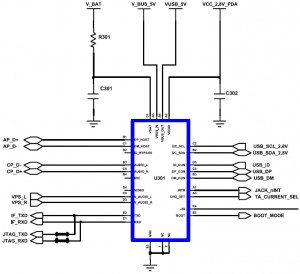And again, increasing recursive Googling…
(3) ...however, if you have a stock eglibc
and a kernel with the erratum workaround disabled/removed,
then things seem in practice to work OK.
Speculation is that perhaps the erratum is only
a problem in marginal situations (eg if the core is very hot).
Ok, wtf. “marginal situations”?
Does that mean, the hardware has the freedom to not execute the code in cases where it hates the user, like in my case? >_>
Seriously, the core hasn’t reached high temperatures yet, but still shows sign of this bug.
Ok, cancel sign: a system where already /sbin/init segfaults is not a sign, it’s more like “no discussion”
https://bugs.launchpad.net/ubuntu/+source/eglibc/+bug/739374
Anyway. I’ve now made a portage overlay for eglibc and am cross-compiling eglibc-2.15 in this very moment.
Let’s see if switching Gentoo to eglibc solves my problems…
BTW: The overlay can be found under:
https://gitorious.org/o2s-gentoo/eglibc-overlay/trees/master

